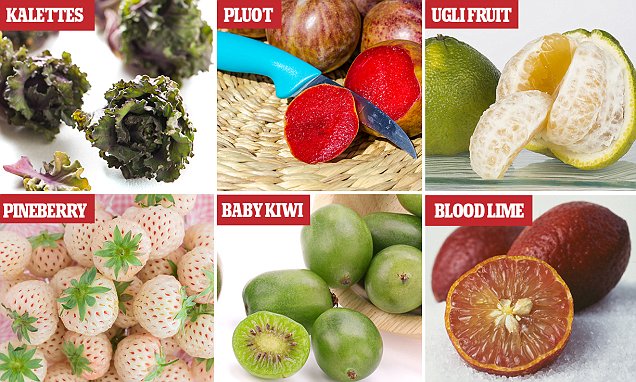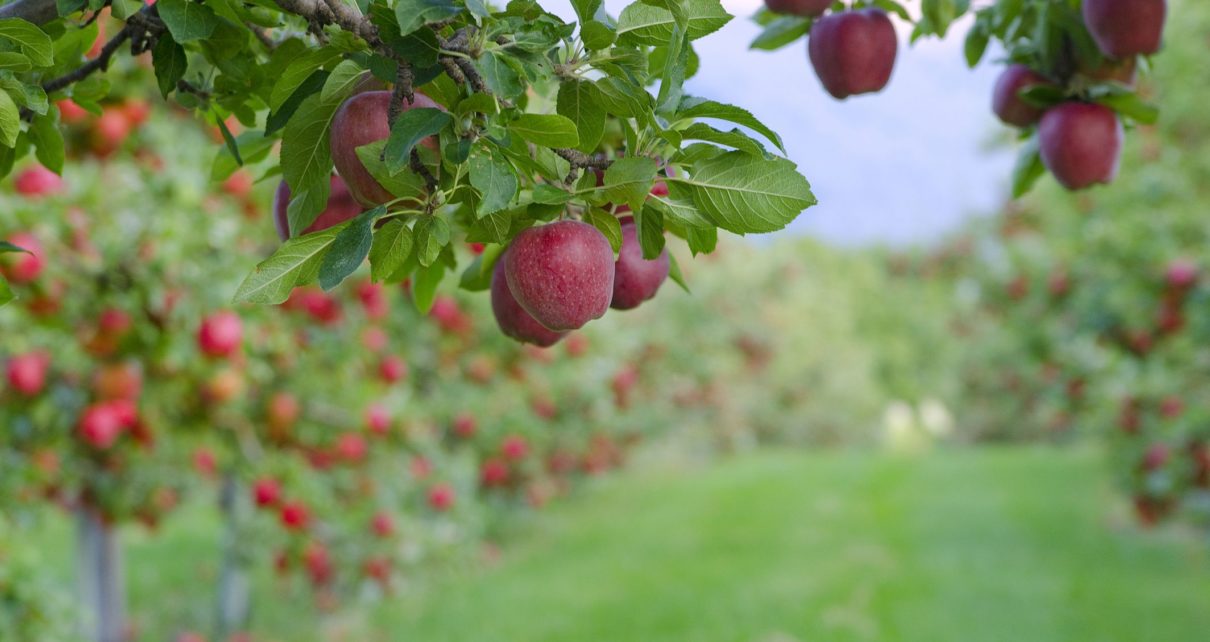A hybrid crop is a result of two different varieties of plant are cross-pollinated to create an off-spring or hybrid, that contains the best traits of each of the parents. In hybridization, pollination is carefully controlled to ensure that the right plants are crossed to achieve the desired combination of characteristics, such as bigger size or better disease resistance. The process of developing a hybrid typically requires many years. In general, hybrids offer some combination of these favorable traits: dependability, less required care, early maturity, higher yield, improved flavor, specific plant size, and/or better disease resistance. Hybrid vegetables typically look like the veggies you’d find at a supermarket.
Its Origin.
Hybridization goes back to early 19th Century when a monk named Gregor Mendel started experimenting with bean plants. His aim was to explore and understand how genetic traits were inherited from parents to offspring and so on. He started off with true breeding plants and bred them together to create a group of offspring. He then bred them again, keeping track of whatever trait he was looking for. He found that hybrid plants are just plants that have been successfully cross-bred with other plants to take advantage of certain traits and get rid of other, less advantageous traits.
Its Advantages.
Hybrid plants have up to 25% higher yield. They are uniform physically and show faster growth which is beneficial for the farmers. They have more vigor and are more resistant to a variety of diseases and illness such as viruses, bacteria, fungi and nematode infestation. They are preferred for their characteristics like efficient photosynthesis, production of plant nodules and increased ability to hold water. A major advantage of hybridization in plants occur when a new species is discovered.
Its Disadvantages.
Hybrid plants are costlier to maintain because they take longer to develop and are more trouble to produce. The main disadvantage of hybrid seed, especially for smallholder or resource-poor farmers, is that they do not perform to the same standards when their seed is saved for future plantings, that is, hybrid plants in the second generation are usually much lower yielding, have less vigor, and are quite variable in their physical characteristics.
Hybrid Fruits?
Hybridization was taken to another level when scientists decided to produce hybrid fruits which resulted in odd fruits. Some such fruits are:
-
Pluots: This was a hybrid between Plums and Apricots, both come from the same genus—Prunus.
-
Tangelo: A hybrid between Tangerines and Grapefruits.
-
Tayberry: This was a hybrid between blackberry and raspberry.
-
Rabbage: It is a cross between cabbage and radish.

Fruit breeding is a centuries-old practice by which plants have been selected and promoted to appeal to tastes, harvesting requirements, nutritional value and aesthetic charm. As the technology of hybridization progresses consumers welcome new products to the supermarket with curious hesitancy.




